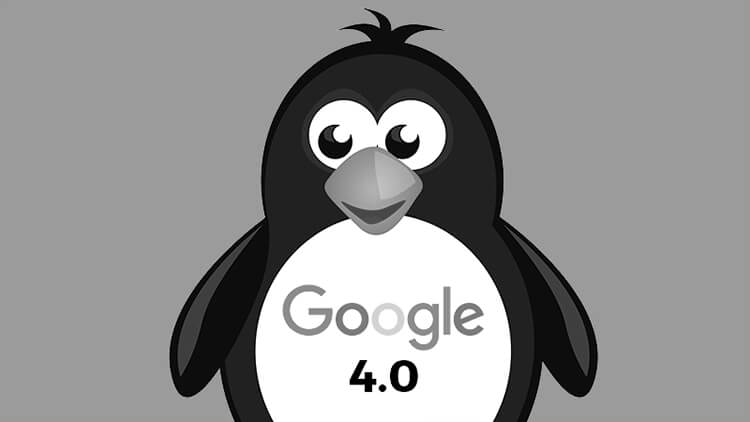I always take Google algorithm updates with a grain of salt. The industry loves to jump on the bandwagon with apocalyptic headlines and the now mandatory polarising social media backlash. This one though is worth taking a look at as it related to Penguin (Google give their updates fun names).

Penguin for those that don’t remember was a major update in 2012. For many years SEO has been building spammy link to websites to boost rankings. It was common practice and a vast majority of big business websites had literally thousands of dodgy links pointing at them. Then Penguin came in and put a stop to that. Google Penguin 1.0 demoted sites with spammy links and requested that webmasters use the Disavow tool to alert Google to ignore the link.
A lot of people were up in arms, but overall it was a good thing for the web. Google said in their original release they wanted webmasters [to be] be free to focus on creating amazing, compelling websites. To focus on content rather than spam. Something we had been talking about for years. As any good web developer knows, content is king – in every way!
So for a long time now Google have been talking about a major update to this algorithm and late last week it finally rolled out. Here it is in a nutshell.
- Penguin is now real-time. Historically, the list of sites affected by Penguin was periodically refreshed at the same time. Once a webmaster considerably improved their site and its presence on the internet, many of Google’s algorithms would take that into consideration very fast, but others, like Penguin, needed to be refreshed. With this change, Penguin’s data is refreshed in real time, so changes will be visible much faster, typically taking effect shortly after we recrawl and reindex a page. It also means we’re not going to comment on future refreshes.
- Penguin is now more granular. Penguin now devalues spam by adjusting ranking based on spam signals, rather than affecting ranking of the whole site
Here is a conversation with Google’s Gary Illyes on facebook to backup how this will be working.
This is a good thing for those still getting stung by spammy back links but doesn’t open the doors for renewing the practice. It essentially means that the whole site will not be hit and that the disavow link is no longer really necessary (but will still assist Google in quickly removing those links from your rankings).
It is always worth keeping in mind that Google has over 200 factors that contribute to your site ranking. Our mantra is “focus on creating high quality, super engaging content and broadcasting it far and wide through the web and social channels”. Then let Google do the rest.


